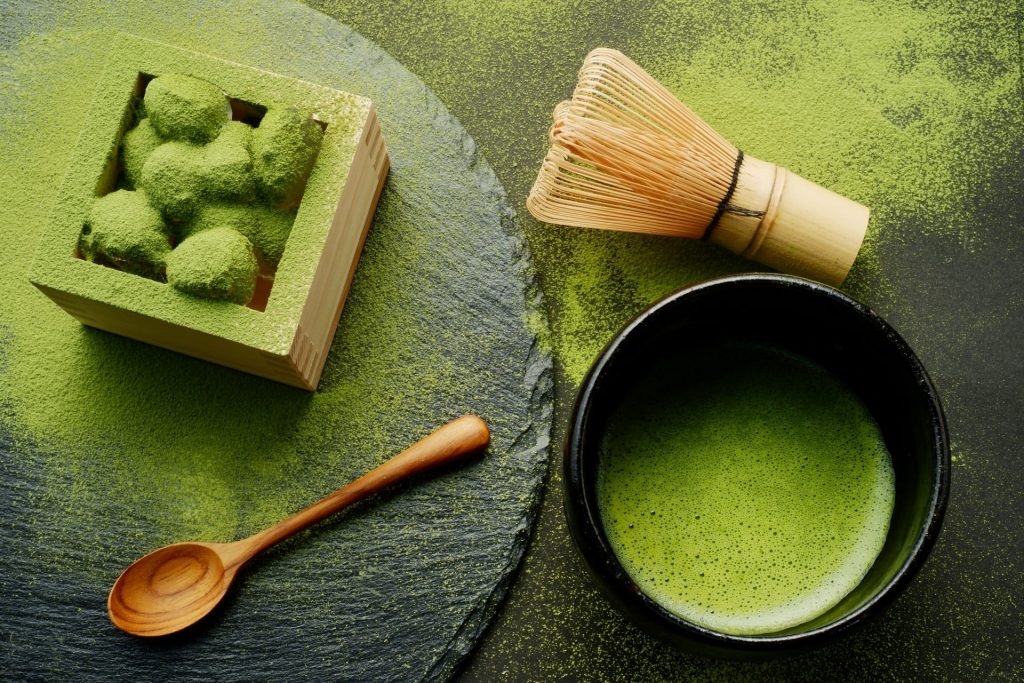Kratom, a tropical tree native to Southeast Asia, has undergone a fascinating evolution in the realm of herbal remedies and alternative medicine. Initially used for its traditional medicinal properties by indigenous communities, kratom has transcended cultural boundaries to become a global phenomenon, sparking interest in its diverse product offerings. At the heart of this evolution lies the journey from the raw leaf to refined extracts, presenting users with a spectrum of options tailored to their preferences and needs. Traditionally, kratom leaves were consumed in their raw form, either by chewing or brewing into a tea. This ancient practice provided users with a direct and unadulterated experience of the plant’s effects, which include pain relief, mood enhancement, and increased energy. However, as kratom gained popularity beyond its native regions, innovative processing techniques emerged to harness its therapeutic potential more efficiently. One of the most notable developments has been the production of kratom extracts, which concentrate the active compounds found in the leaves to deliver more potent and precise effects.

Kratom extracts are crafted through meticulous extraction methods that isolate the alkaloids responsible for its medicinal properties, particularly mitragynine and 7-hydroxymitragynine. These alkaloids are then concentrated into various forms, such as powders, tinctures, or capsules, depending on the desired potency and mode of consumption. By refining the extraction process, manufacturers can offer users enhanced bioavailability and dosage control, catering to a diverse range of needs and preferences. The evolution of kratom products has also witnessed the emergence of innovative formulations designed to enhance user experience and efficacy. For example, some extracts are enriched with additional botanicals or nutrients to augment kratom’s effects or mitigate potential side effects. Others are formulated for specific purposes, such as relaxation, focus, or pain management, offering users a curated selection to suit their individual wellness goals and Learn More. Furthermore, advancements in technology have enabled the development of novel delivery methods that optimize absorption and onset time. Kratom extracts are now available in various formats, including sublingual drops, dissolvable films, and even vaporizable liquids, providing users with convenient and discreet options for consumption.
These innovations not only enhance the user experience but also contribute to the mainstream acceptance and integration of kratom into modern wellness routines. Despite the evolution of kratom products towards more refined and potent forms, there remains a reverence for the plant’s natural integrity. Many users still prefer to consume kratom in its raw leaf form, appreciating the holistic experience and connection to nature it offers. Additionally, the demand for organic and sustainably sourced kratom continues to shape the industry, with ethical harvesting practices and transparent supply chains becoming increasingly important considerations for consumers. In conclusion, the evolution of kratom products from raw leaves to refined extracts exemplifies the dynamic interplay between tradition and innovation in the realm of herbal remedies. While traditional methods endure, modern advancements have unlocked new possibilities for potency, convenience, and customization. As the global interest in kratom continues to grow, its journey from leaf to extract reflects not only a quest for wellness but also a deepening appreciation for the diverse botanical riches our world has to offer.